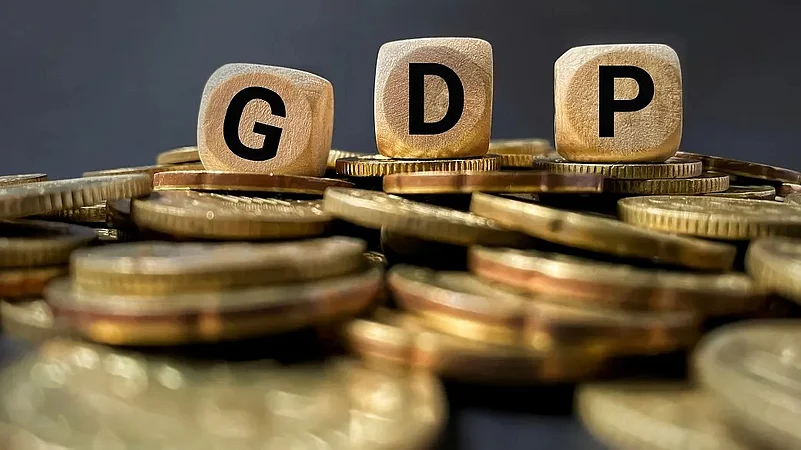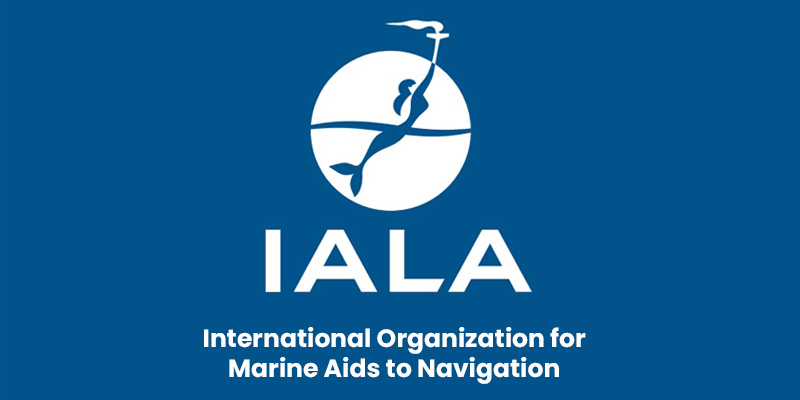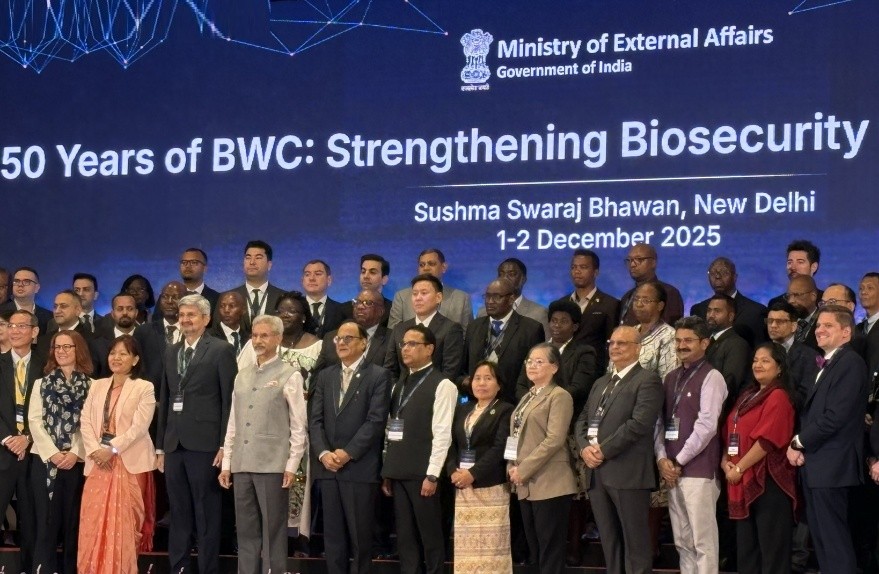Font size:
Print
FAO Report on Climate Change Risks to Marine Ecosystems and Fisheries
Context: A recent report from the Food and Agriculture Organisation of the United Nations (FAO) predicts that unless emissions are curtailed, exploitable fish biomass could decrease by 10 to 30 % or more by the end of the century.
More on News:
- Report was released during the 36th session of the Committee on Fisheries (COFI36).
- Purpose and Scope: The report presents projections from the Fisheries and Marine Ecosystem Model Intercomparison Project (FishMIP), focusing on long-term impacts of climate change on marine ecosystems and fisheries globally.
Fish biomass:
- It refers to the total weight of fish in a given area or population.
- It is an important parameter in aquaculture for measuring fish health, determining feeding patterns, and optimising stocking density and harvest time.
Impact of Emissions Scenarios:
- High-emissions Scenario (3-4°C Warming): Predicts a decline of more than 10% in exploitable fish biomass by mid-century for many regions.Significant decline of 30% or more in exploitable fish biomass by the end of the century in 48 countries and territories.
- Some of the largest projected biomass declines are for countries that substantially rely on protein supply from aquatic foods (Solomon Islands, Federated States of Micronesia, Nauru, Portugal, Palau),
- or are top producers in terms of global marine fisheries production (China, Peru).
- Low-emissions Scenario (1.5-2°C): This suggests stabilised changes with no change to a decrease of 10% or less in exploitable fish biomass across 178 countries and territories by the century-end,
- presenting a milder impact compared to high-emissions scenarios.
- Impact on Major Fishing Nations: Seven leading fishing nations including China, India, Indonesia, Peru, Russia, Vietnam, and the USA are anticipated to experience declines in exploitable fish biomass by century-end under both emissions scenarios.
- Regional Trends:
- Asia: Expected significant declines under both scenarios by mid-century, affecting 60% of countries.
- North and South America: Varied projections, with notable declines projected in Central and South American countries like Guatemala, El Salvador, and Uruguay.
- Europe: Mixed outcomes, with potential increases in high latitudes and the Eastern Mediterranean Sea under high emissions, while most countries face declines under both scenarios.
- Africa: Most countries, except those in northern regions and certain islands like Morocco and Mauritius, are expected to see declines in exploitable fish biomass.
- Oceania: Faces severe losses exacerbated by additional climate hazards and risks.
Recommendations:
- Advocate for improving climate impact ensemble modelling accuracy for marine ecosystems and fisheries.
- Emphasise capacity-building efforts through tools and training to enhance readiness for future policy requirements.
|
Committee on Fisheries (COFI) Overview:
|


